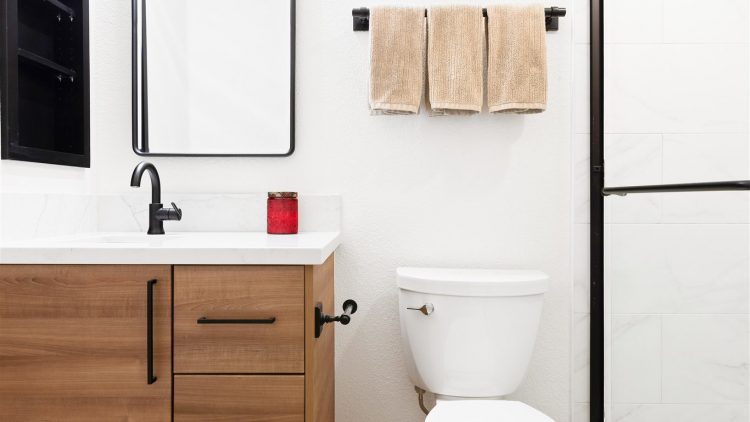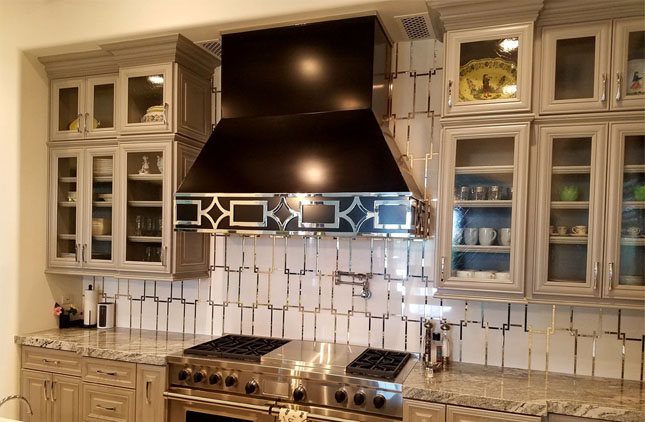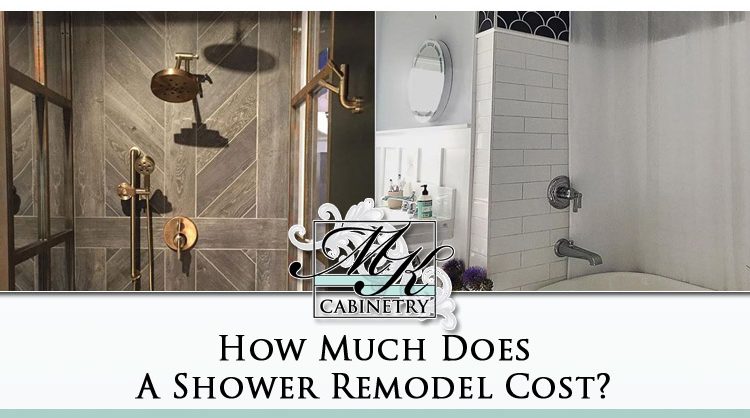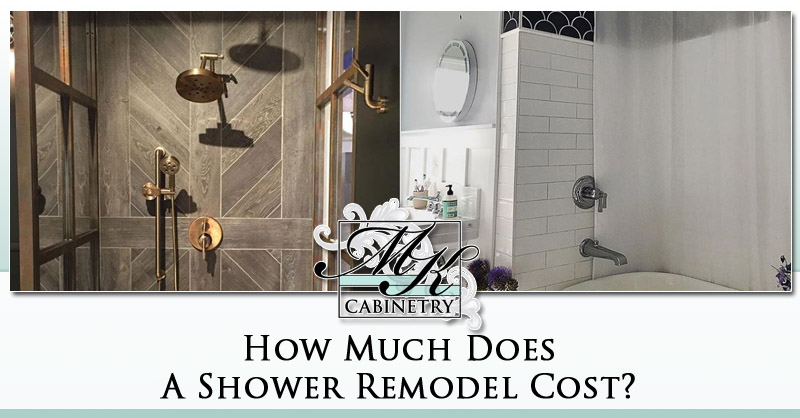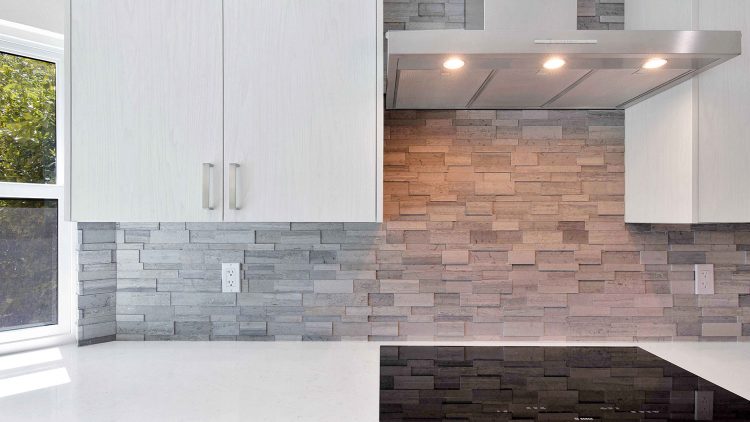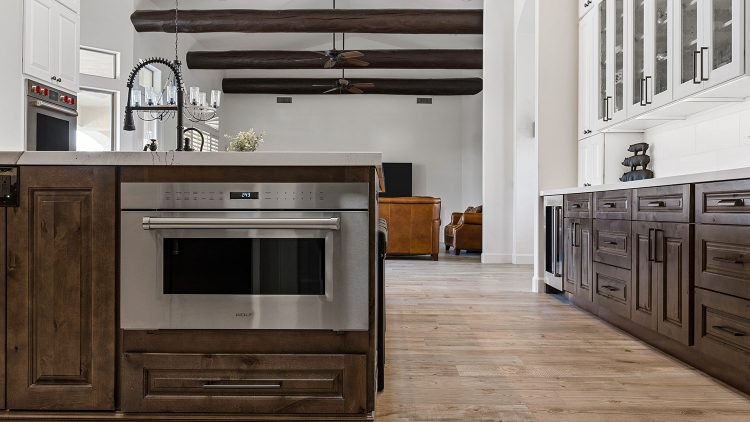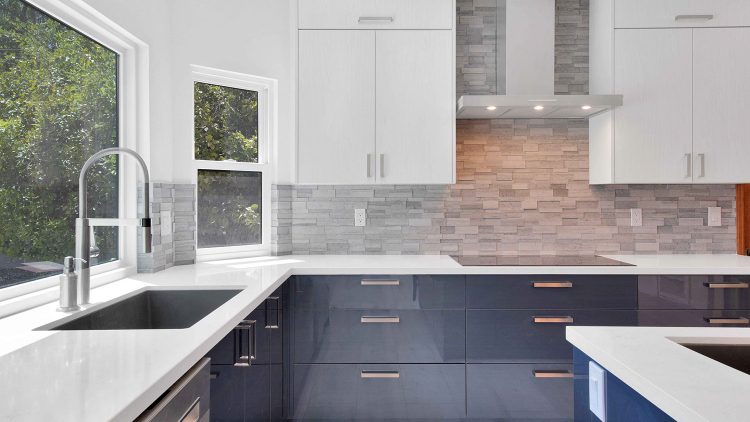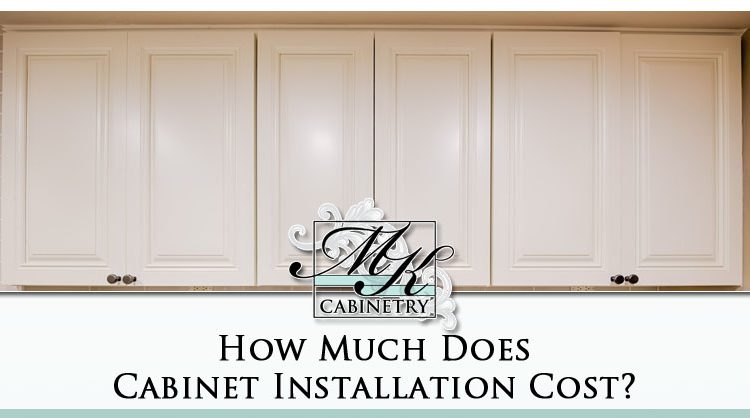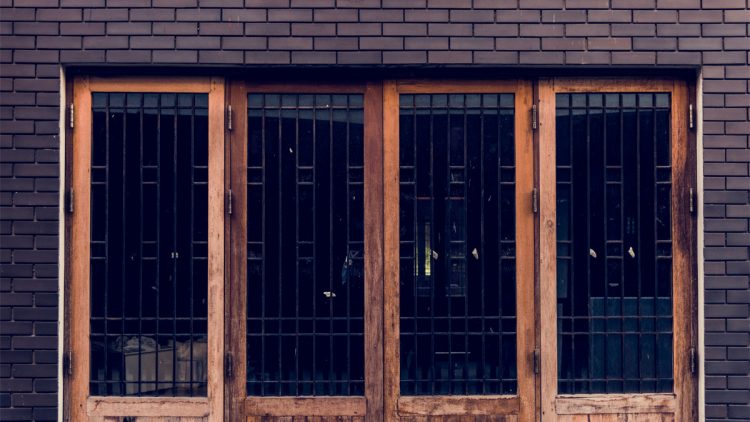Master Bathroom Remodel Costs 2025
Remodeling a master bathroom in 2025 involves various factors that influence the overall cost, including the size of the bathroom, the quality of materials selected, and the complexity of the design. Here’s a detailed breakdown:
Average Cost Range:
- Standard Master Bathroom Remodel: Typically ranges from $18,000 to $50,000 or more.
- High-End Renovations: Projects involving luxury features and custom designs can exceed $50,000.
Factors Influencing Cost:
- Bathroom Size:
- Larger bathrooms require more materials and labor, increasing costs.
- Material Quality:
- High-end materials like marble or custom cabinetry elevate expenses.
- Layout Changes:
- Altering the existing layout, such as moving plumbing fixtures, adds to labor and material costs.
- Fixtures and Features:
- Incorporating luxury amenities like walk-in showers, soaking tubs, or double vanities increases the budget.
- Labor Costs:
- Professional labor, including plumbing, electrical work, and tiling, constitutes a significant portion of the budget.
Cost Breakdown:
- Design and Planning: Approximately 5% of the total budget.
- Demolition: Around 10% of the budget.
- Plumbing and Electrical: Approximately 15% of the budget.
- Flooring and Tiling: About 15% of the budget.
- Fixtures and Cabinetry: Approximately 30% of the budget.
- Finishing Touches and Miscellaneous: Around 25% of the budget.
Tips for Managing Costs:
- Set a Realistic Budget: Determine your priorities and allocate funds accordingly.
- Obtain Multiple Quotes: Consult with several contractors to compare prices and services.
- Choose Materials Wisely: Opt for quality materials that fit your budget and design aesthetic.
- Plan for Contingencies: Allocate an additional 10-20% of your budget for unexpected expenses.
By carefully considering these factors and planning accordingly, you can achieve a master bathroom remodel that aligns with your vision and budget.
GET A SHOWER REMODELING QUOTE IN MESA TODAY!
Thinking about remodeling your shower in Mesa, Arizona. MK Remodeling offers professional and affordable shower remodeling services in many areas of the Phoenix, Arizona valley including Mesa, Arizona.

